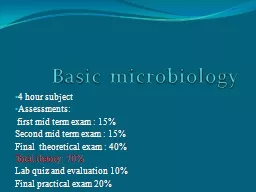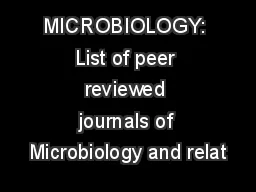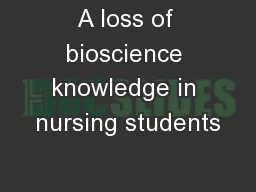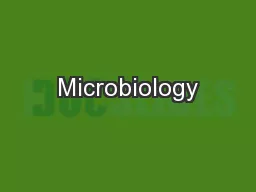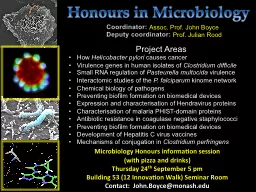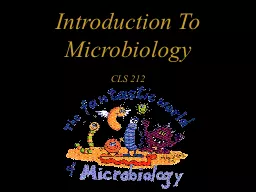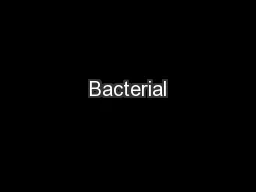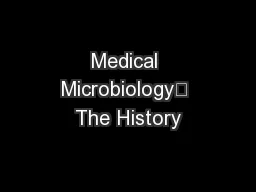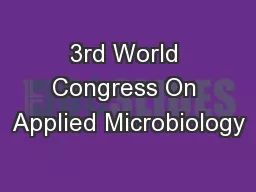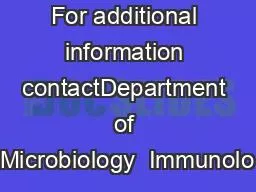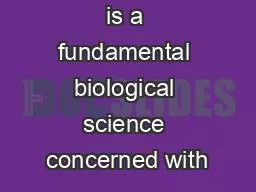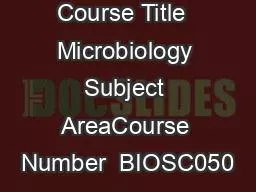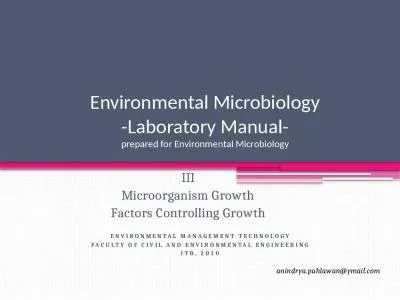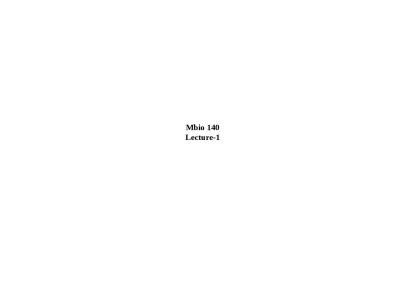PPT-Basic microbiology 4 hour subject
Author : natalia-silvester | Published Date : 2019-01-23
Assessments first mid term exam 15 Second mid term exam 15 Final theoretical exam 40 Total theory 70 Lab quiz and evaluation 10 Final practical exam 20 Over
Presentation Embed Code
Download Presentation
Download Presentation The PPT/PDF document "Basic microbiology 4 hour subject" is the property of its rightful owner. Permission is granted to download and print the materials on this website for personal, non-commercial use only, and to display it on your personal computer provided you do not modify the materials and that you retain all copyright notices contained in the materials. By downloading content from our website, you accept the terms of this agreement.
Basic microbiology 4 hour subject: Transcript
Download Rules Of Document
"Basic microbiology 4 hour subject"The content belongs to its owner. You may download and print it for personal use, without modification, and keep all copyright notices. By downloading, you agree to these terms.
Related Documents

